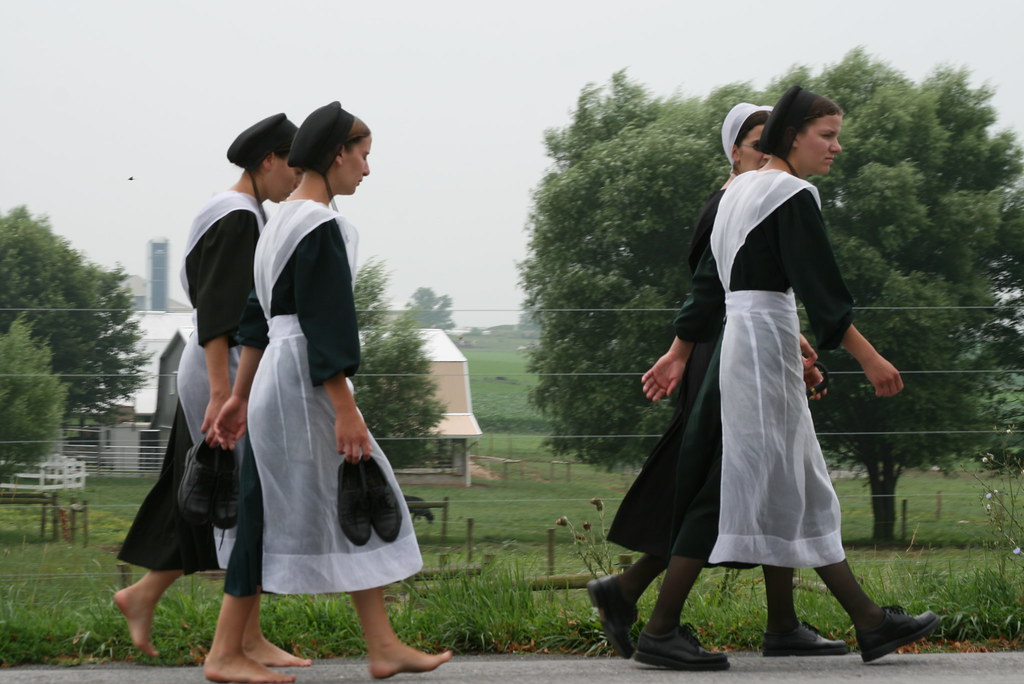Seasonality in mood disorders: Probing association of accelerometer-derived physical activity with daylength and solar insolation | PLOS Mental Health
PLOS Mental Health is an inclusive journal addressing challenges and gaps in the field of mental health research, treatment, and care in ways that put the lived experience of individuals and communities first.
Roles Conceptualization, Data curation, Formal analysis, Funding acquisition, Investigation, Methodology, Visualization, Writing – original draft, Writing – review & editing
Roles Conceptualization, Funding acquisition, Investigation, Methodology, Supervision, Writing – original draft, Writing – review & editing
Affiliations Department of Chemistry, Vanderbilt University, Nashville, Tennessee, United States of America, Department of Pharmacology, Vanderbilt University, Nashville, Tennessee, United States of America, Department of Chemical and Biomolecular Engineering, Vanderbilt University, Nashville, Tennessee, United States of America
Mood disorders are the leading cause of disability worldwide. Up to 30 percent of individuals with major depressive disorder (MDD) and bipolar disorder (BD) display a seasonal pattern of onset, a phenomenon now recognized in the official diagnostic manuals (DSM-5 and ICD-11). Very little is known about the influence of day length (photoperiod) and sunlight intensity (solar insolation) on seasonal patterns in MDD and BD. Here we report a quantitative approach to examine the relationship between sunlight measures and objectively measured motor activity patterns to understand environmental factors driving seasonality in MDD and BD. Our generalized linear model (GLM) assessment of the Depresjon dataset, which includes short-term (up to two weeks) motor activity recordings of 23 unipolar and bipolar depressed patients and 32 healthy controls recruited to the study at the University of Bergen Norway (60.4° N latitude, 5.3° E longitude), revealed significant association of accelerometer-derived daytime physical activity with participant’s depressed state (p<0.001), photoperiod (p<0.001), and solar insolation (p<0.001). Our study presents a generalizable strategy to decipher the complex interplay between sunlight, physical activity, and depressed state using open-source digital tools. The ability to identify mood disturbances, particularly in seasonally susceptible individuals, using passive digital biomarker data offers great promise in informing next-generation predictive, personalized diagnostics in mental health.








_social_media.jpg)


/cdn.vox-cdn.com/uploads/chorus_asset/file/24533983/STK417_Mobile_Banking_1.jpg)










